Space travel is undoubtedly the biggest adventure in the history of mankind. Satellites, space flights, and space stations head ever deeper into the endless expanse of the universe – all the while braving conditions that are unlike anything that can be found on Earth. In order to guarantee the safety of those onboard and the machinery, the quality requirements for manufacturing are exceptionally high, including for the welding technology.
The challenges of the cosmos
Right from the beginning of their journey, spacecraft and satellites are subject to enormous strain. The initial acceleration can reach up to 4G, meaning that each part must withstand four times its own weight. The vibrations of the engines are also transmitted to the entire structure, which can cause damage. Once outside the Earth’s atmosphere, spacecraft enter a vacuum in which no air or pressure is present. Temperatures cannot be measured using conventional methods, but they can fluctuate by up to several hundred degrees Celsius.
In addition, there is always a risk of collision with other objects. Meteorites and an increasing amount of space debris from destroyed or discarded satellites and exploded rocket stages can all be found in the Earth’s orbit. These objects travel at such high speeds that even a collision with the smallest pieces can have serious consequences. All of these challenges are the reason that organizations such as NASA and ESA, or private space travel companies such as SpaceX, have extremely high manufacturing quality requirements. This applies in particular to welding technology, which has a decisive role to play in space travel.
Special materials for special welding challenges
One thing is clear: only very special materials can be used for the difficult journey into space. Materials such as titanium, stainless steel, ceramic, and above all aluminum (and aluminum alloys) have proven to be particularly suitable. Just as in lightweight automotive construction, aluminum impresses with its low weight, high specific strength, corrosion resistance, and low thermal expansion. However, welding of this material is more difficult than welding conventional steel – in part because of the low melting point and the significantly higher thermal conductivity.
The right welding process for space travel
For a long time, Tungsten Inert Gas (TIG) welding was the only welding process that could reliably meet the high demands of space travel. It is still successfully used in countless applications today. The TIG welding process creates particularly smooth, level, and non-porous weld seams that can withstand dynamic forces, making it a particularly good choice for root passes. The other advantages that TIG welding has to offer can be found in our blog article.
Other specialized welding processes are now being used for an increasing number of tasks in space travel. Plasma and friction stir welding are particularly widespread – both are well-suited to creating aluminum joints and achieve a high weld seam quality, which is the basic requirement for stable spacecraft. Welding can even be done in space now, and this is made possible by portable laser welding torches that do not need a protective gas shield or a vacuum. This is particularly important when working inside spacecraft. However, the compact devices are only used for urgent repairs that are absolutely necessary. Finally, back on Earth, ever simpler and more reliable welding results of excellent quality can continue to be achieved.
This article is the first in our new series Ultimate Welding Challenges, where we take a look at welding in extreme and unusual conditions. There are many more exciting topics to look forward to – don’t miss it!
 Perfect Welding Blog
Perfect Welding Blog
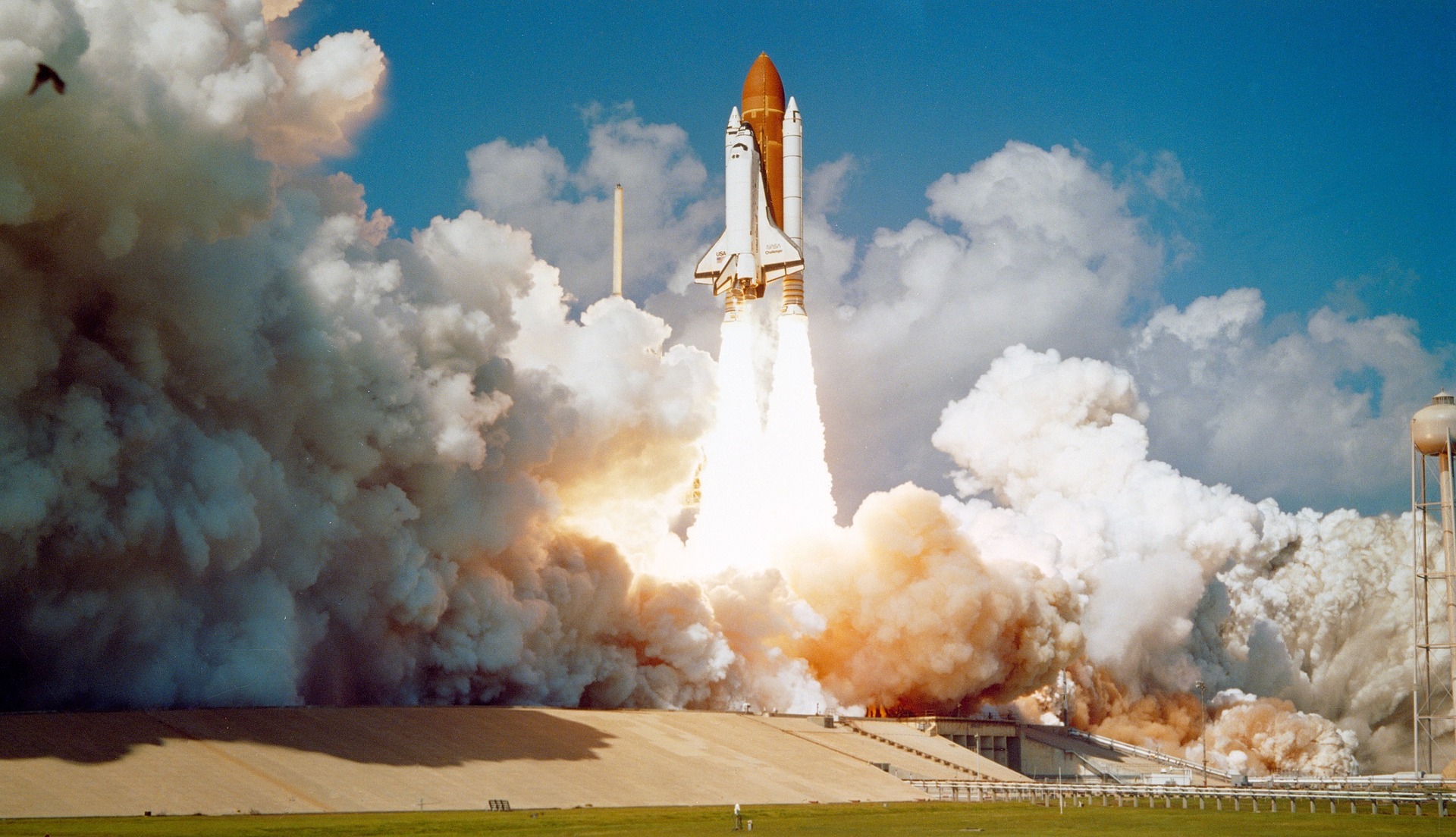
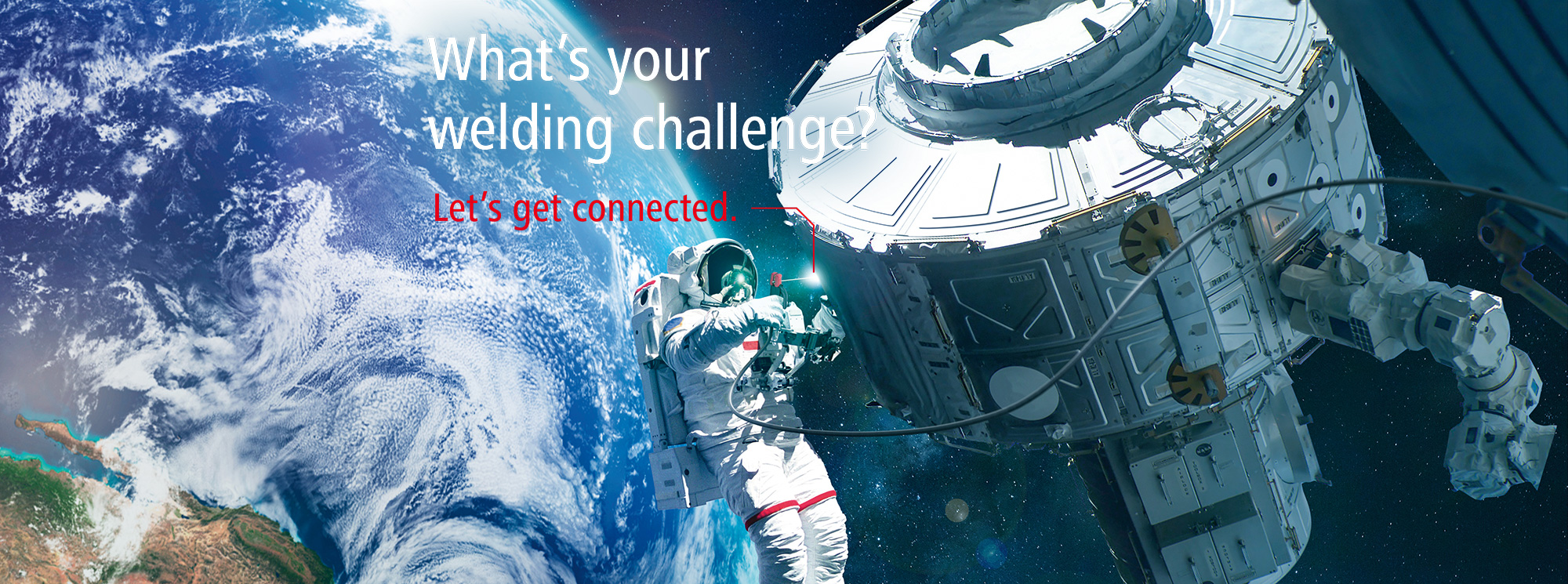
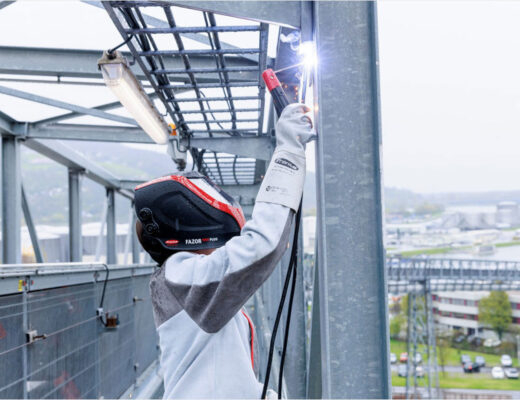
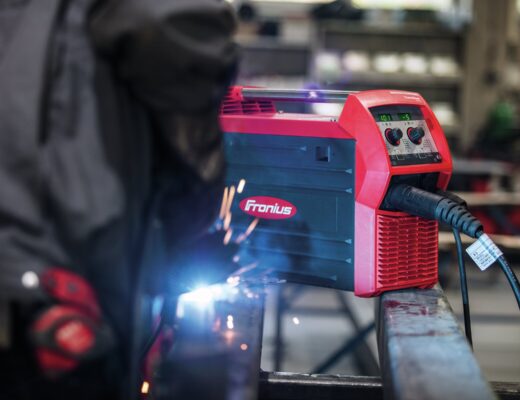
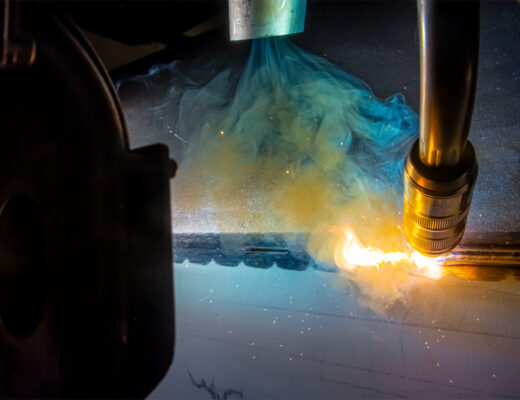
1 Comment
Nishant
18. June 2024 at 18:01This is a great introduction to the topic of space travel welding! It effectively sets the stage by highlighting the immense challenges faced by spacecraft – extreme acceleration forces, vibrations, harsh vacuum environments, and vast temperature fluctuations. These details effectively establish the high quality requirements for welding technology used in space travel.